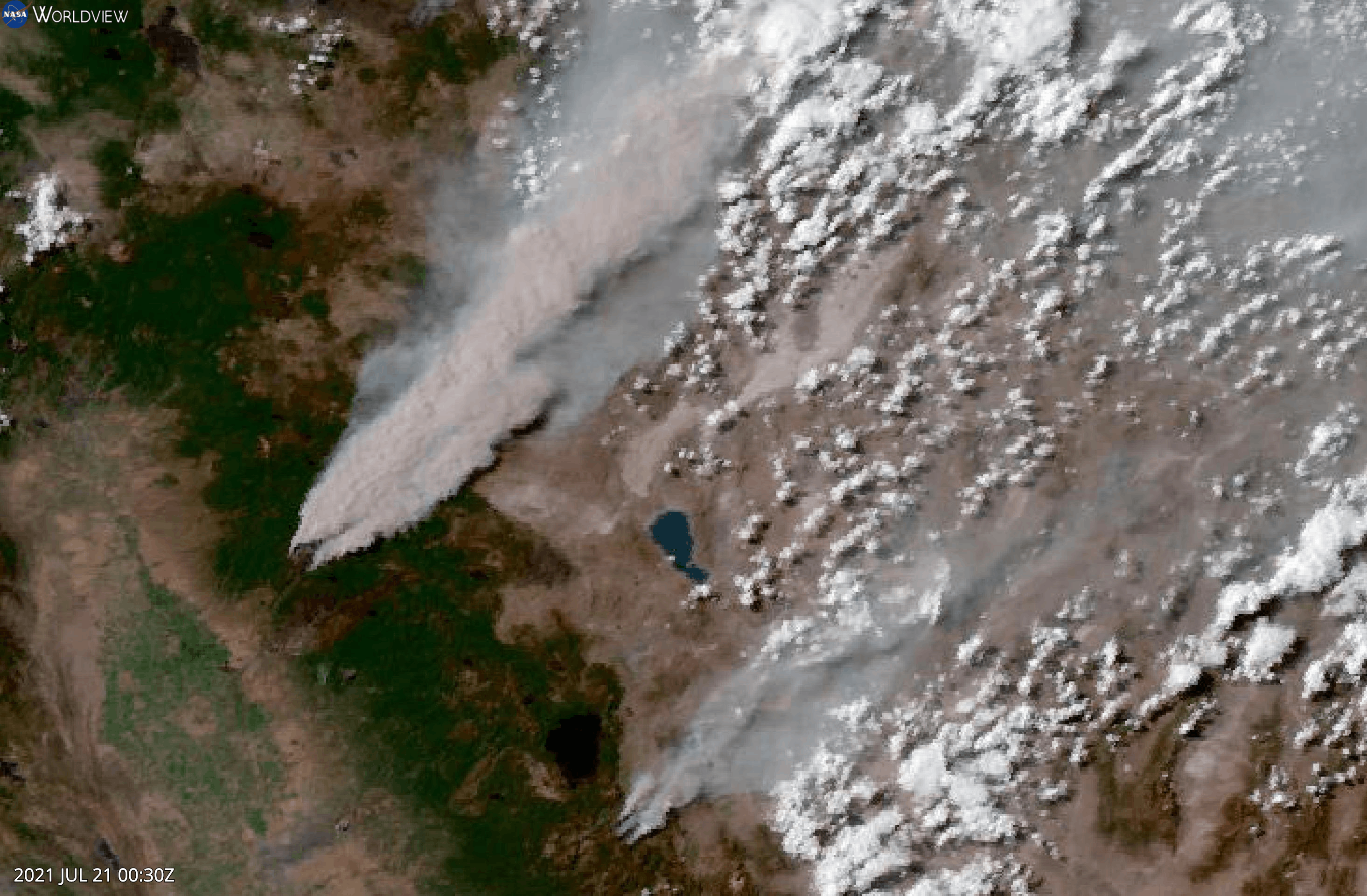Satellites Put on Track of Wildlife
ANCHORAGE, Alaska — When caribou No. 5871 beds down for a nap on the tundra, researcher Larry Pank knows it, 400 miles away in the comfort of his Fairbanks office.
A fist-sized transmitter on the caribou’s neck and a pair of satellites 510 miles overhead chart the animal’s every movement as it migrates across northeastern Alaska.
“With some degree of reliability, we can tell if he’s standing, lying, running or walking,” said Pank, a biologist with the U.S. Fish and Wildlife Service. “The amount of data you can collect from this is amazing. It’s sort of like standing at the back end of an elephant. It overwhelms you.”
By dialing up a computer, Pank can pin down the caribou’s location to within 1,600 feet. A thermometer in the transmitter tells him approximate air temperature. A motion-sensing switch detects how many times, and to what degree, the animal moves its head each hour.
Satellite tracking has enabled Pank and researchers worldwide to study wildlife in ways never before possible. Not only can satellites chart a gray whale’s wanderings in the Pacific, they can tell how often and deep it dives. They can follow African elephants across hostile borders closed to biologists.
Satellites also make routine tracking tasks safer and less expensive. Biologists have long used radio telemetry to track wildlife, but a radio transmitter’s limited range forces researchers into the field to collect data. That often means flying over remote country, in all seasons and weather.
“They’re going out in the worst environments to get data on animals. In doing so, people get killed,” said David Beaty, a partner at Telonics Inc., which claims to be the world’s largest manufacturer of animal-tracking devices.
“Now they can sit back at their CRT (cathode ray tube) and collect two to six position fixes a day, and we don’t lose any scientists.”
Telonics, based in Mesa, Ariz., designs satellite transmitters to fit animals around the world, including humpback whales off Newfoundland, red deer in New Zealand, manatees in Florida and polar bears and musk oxen in Alaska.
Satellite tracking is especially useful on Alaska’s North Slope, where researchers are hurrying to study the environmental impact of oil and gas development.
Since last spring, Pank and other scientists with the Fish and Wildlife Service and the Alaska Department of Fish and Game have monitored the 150,000-member Porcupine caribou herd, which migrates between the North Slope and Canada’s Yukon Territory.
They captured 10 animals, fitted them with transmitter collars and returned them to the herd. Now, about 25 times a day, one of two weather satellites streaks overhead at 18,000 m.p.h., picking up signals.
The messages are recorded, then dumped as the satellite passes over a ground receiver in interior Alaska. The data is relayed to Toulouse, France, where the French space agency CNES translates the encoded messages and stores them on computers for retrieval by researchers.
Experiments with satellite tracking of animals began in the early 1970s. The satellites were ready; the trick has been making transmitters powerful enough to reach into space yet small enough not to impede the animal.
Transmitters are shrinking in size and cost; the ones used on caribou, for example, now sell for $3,000, down from $12,000 two years ago.
That is a bargain, Pank said. A comparable caribou study using radio transmitters would cost the government five times more, mostly for aircraft charters.
There is another cost of the new technology. Tracking animals from an office can cheat researchers of the outdoor life that lured many of them into wildlife biology in the first place.
But Pank said such romance is best savored after the fact. “When you’re in snow and wind on the North Slope and you’re worried about your tent falling down, you think it sure would be nice to be sitting behind a television screen in an office.”
More to Read
Sign up for Essential California
The most important California stories and recommendations in your inbox every morning.
You may occasionally receive promotional content from the Los Angeles Times.










